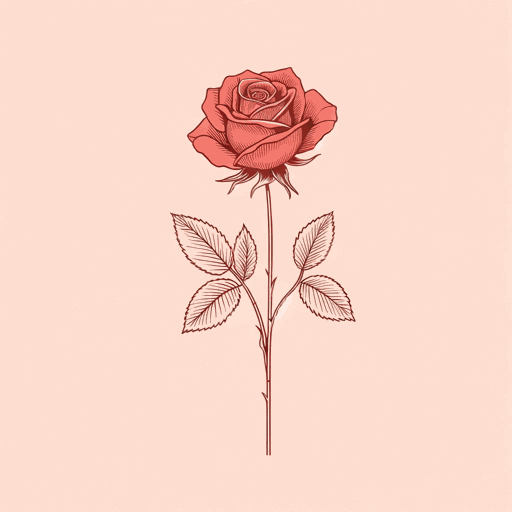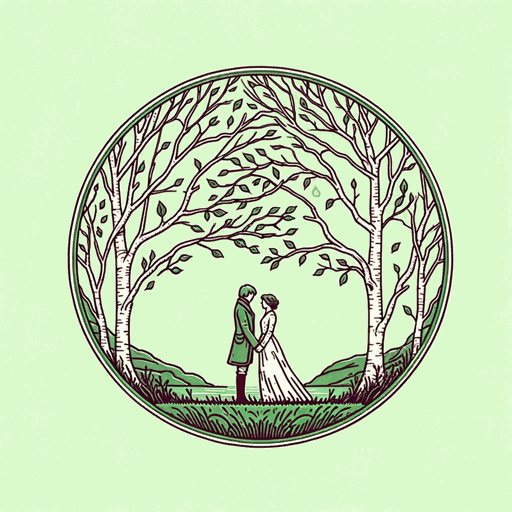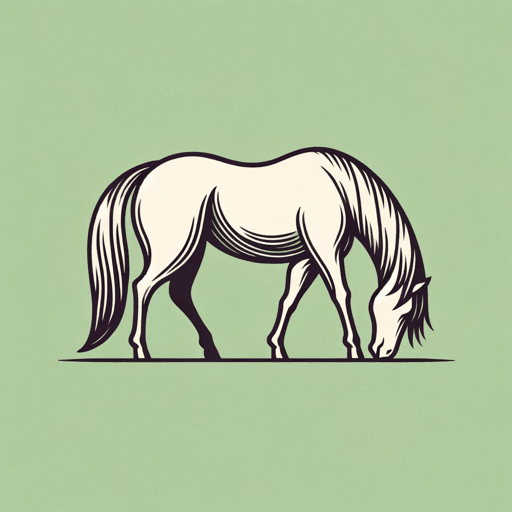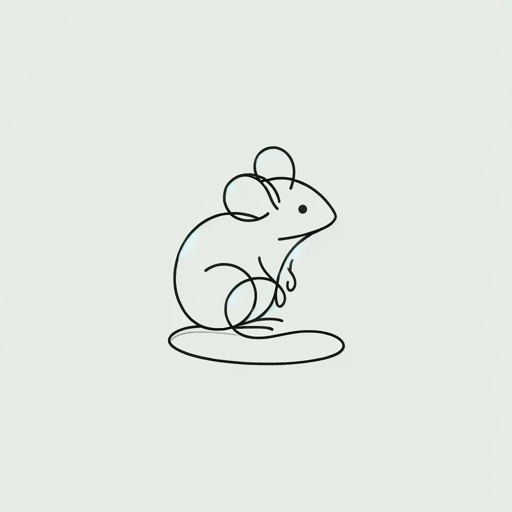17 pages • 34 minutes read
Robert BurnsA Red, Red Rose
Fiction | Poem | Adult | Published in 1794A modern alternative to SparkNotes and CliffsNotes, SuperSummary offers high-quality Study Guides with detailed chapter summaries and analysis of major themes, characters, and more.
Summary and Study Guide
Overview
“A Red, Red Rose” is a 16-line poem/song consisting of four quatrains. While the poem is often credited to Robert Burns, Burns actually “collected” the work after hearing it sung by a country girl in Scotland. It was initially published in 1794 in A Selection of Scots Songs, a collection edited by Peter Urbani. The poem is part of the ballad revival of the 18th century and is unique in its utilization of the common, working-class Scottish dialect. A farmer, Burns was dubbed the “plowman-poet” as his fame grew.
“A Red, Red Rose” is from the perspective of a lover proclaiming his love for his beloved “bonnie lass” (Line 5). While the first half of the song describes the speaker’s passion and devotion for his beloved using similes, the second half uses hyperbole to get the main point across. In the second half of the poem, the speaker states that his love will last forever. Though the speaker must leave his beloved for a short time, his love will never cease, and they will return.
Poet Biography
The oldest of seven children, Robert Burns was born in Alloway, Ayrshire, Scotland, on January 25, 1959, to William and Agnes Burns. Burns’s father was an unsuccessful farmer who died in 1784 after going bankrupt. Burns received minimal schooling; his father provided him with some instruction, he attended a year of mathematics instruction, and he spent 1765 to 1768 at “an ‘adventure’ school established by his father and John Murdock” (“Robert Burns.” poets.org). Burns’s literary exposure included reading Shakespeare, Milton, and Dryden, as well as knowing “orally transmitted folk songs and folk tales” (Daiches, David. “Robert Burns.” Britannica. 2022).
When his father passed, Burns took over running the family farm at Mossgiel along with his brother. While working and living as the farm’s tenant, Burns had a romantic relationship with a servant named Elizabeth Paton, who gave birth to Burns’s first child in 1785. He would have 14 children total (Britannica). Seeing his father work hard only to suffer at the hands of society made Burns question and push back against the social order with his rather unorthodox beliefs and ideas. Burns composed his early poetry between 1784 and 1785; these poems would form Poems, Chiefly in the Scottish Dialect (1786), and their topics varied from love to social commentaries. With the publication of this collection, Burns earned the title of “peasant-poet” from his admirers (poets.org). Published in Kilmarnock, the poetry collection was extremely popular, gaining Burns national recognition. In the beginning of this volume of poetry, Burns “exaggerated his lack of education, pretended to a lack of natural resources, and in general acted a part” (Britannica).
Also in 1786, Burns fell in love with a woman named Jean Armour. Their union was thwarted by Jean’s father, who was aware of Burns’s rebellious reputation. While Burns retaliated by having a relationship with another woman named Mary Campbell, Jean gave birth to Burns’s twins in September 1786 (Britannica). In 1788, Burns started to farm at Ellisland in Dumphries, Scotland, while also printing another edition of his poetry collection. Jean Armour assisted Burns at the farm in Ellisland, and she and Burns married that same year (Britannica). While living with Jean and working the farm in Ellisland, Burns also received compensation for being an excise officer and collecting taxes (poets.org).
Besides working on his own poetry, Burns likewise assisted James Johnson in compiling The Scots Musical Museum, a collection of folk songs. Burns was responsible for “finding, editing, improving, and rewriting items” for the collection (Britannica). For the last 12 years of his life, Burns worked with George Thomson on a similar project, A Select Collection of Original Scottish Airs for the Voice. Burns again helped find, edit, and write songs for the collection. Burns continued to write his own poetry as well, including “Tam O’Shanter,” published in 1791. In his final years, Burns would vacillate between being a farmer and socializing with individuals from higher classes. The strenuous work on the farm was said to have contributed to the heart disease he died from on July 21, 1796. On the day he died, Jean Armour brought Burns’s son, his 14th child, named Maxwell, into the world. In addition to his poetry and collections, Burns’s letters remain widely read (poets.org).
Poem Text
O my Luve is like a red, red rose
That’s newly sprung in June;
O my Luve is like the melody
That’s sweetly played in tune.
So fair art thou, my bonnie lass,
So deep in luve am I;
And I will luve thee still, my dear,
Till a’ the seas gang dry.
Till a’ the seas gang dry, my dear,
And the rocks melt wi’ the sun;
I will love thee still, my dear,
While the sands o’ life shall run.
And fare thee weel, my only luve!
And fare thee weel awhile!
And I will come again, my luve,
Though it were ten thousand mile.
Burns, Robert. “A Red, Red Rose.” 2022. Poetry Foundation.
Summary
“A Red, Red Rose” opens with a first-person speaker describing his love. He compares his love to a rose and to a song. The speaker then comments on the beauty of his beloved and declares that he will love her until the oceans dry up. This proclamation of eternal devotion continues, as the speaker states his love will last until rocks melt in the sun, and while the sands continue to measure out time and life. In the final stanza, the speaker bids farewell to his beloved for a short period. He states his intentions to return. No distance is too far to keep them apart and to dampen their love for one another.
Related Titles
By Robert Burns




